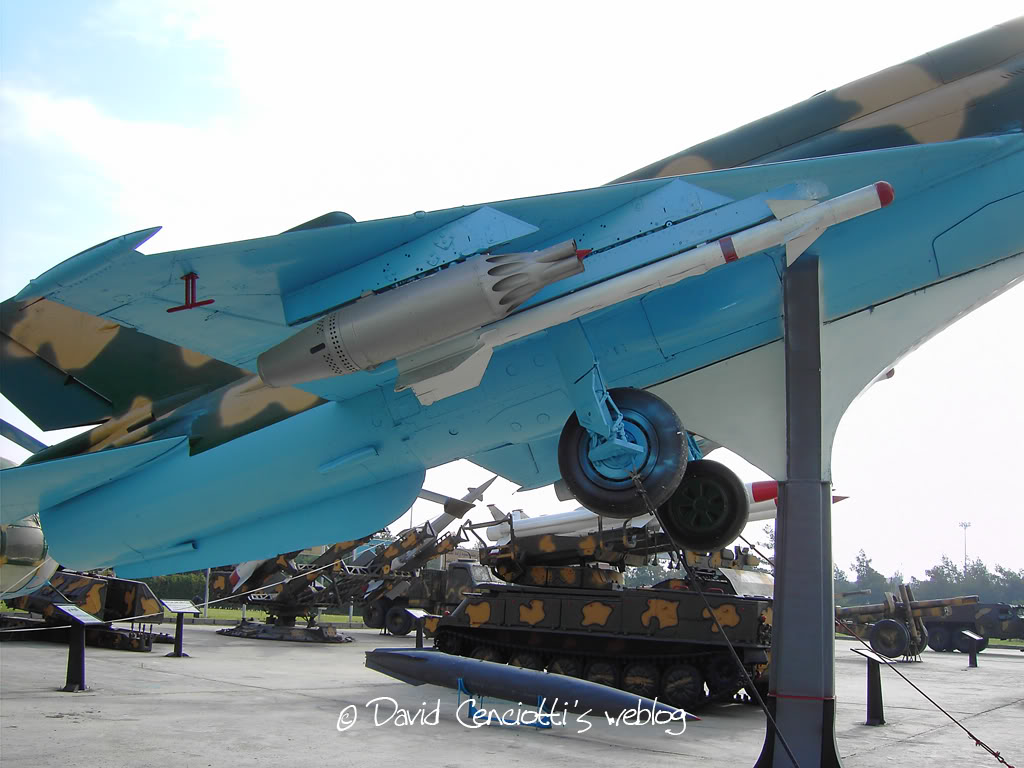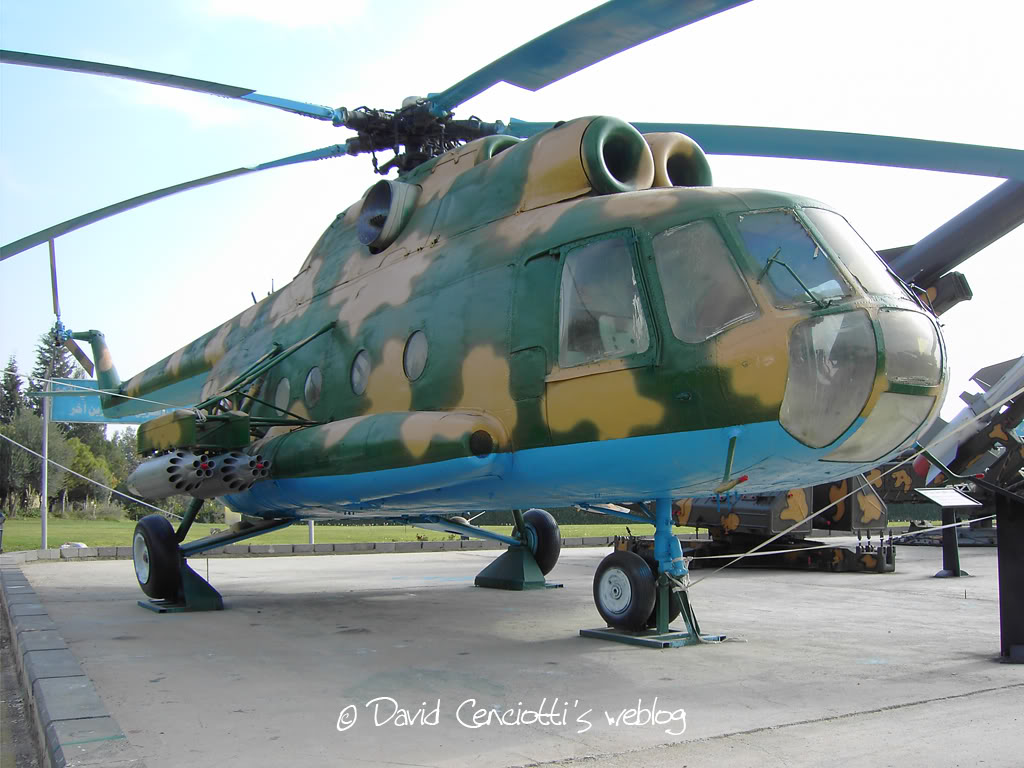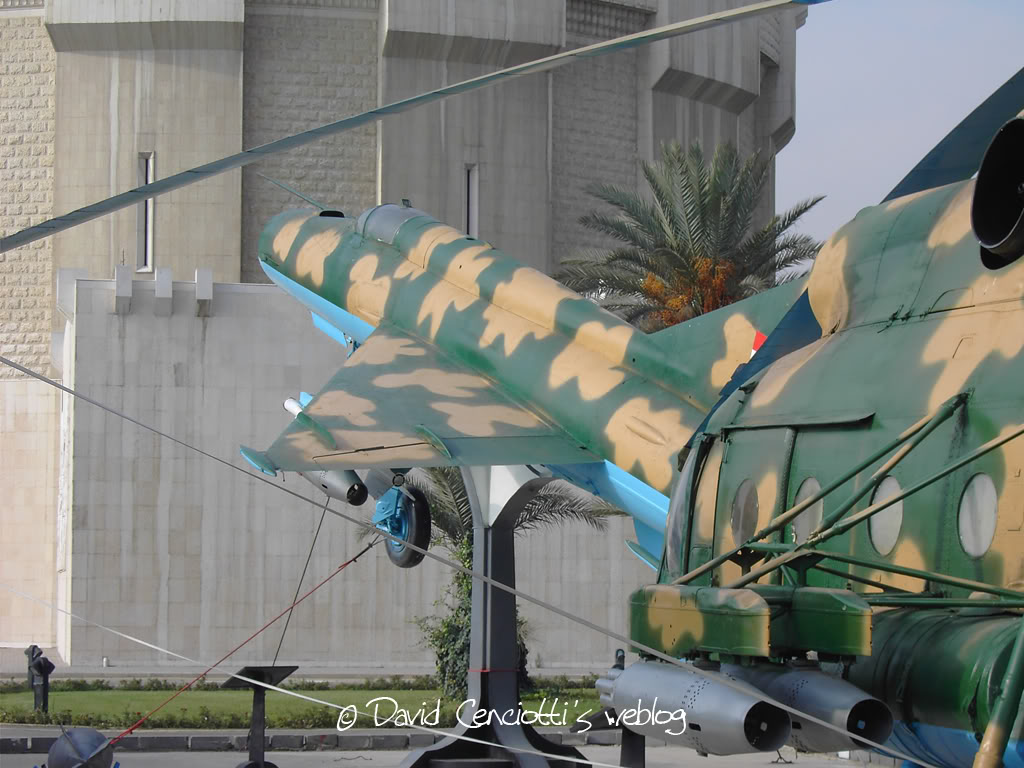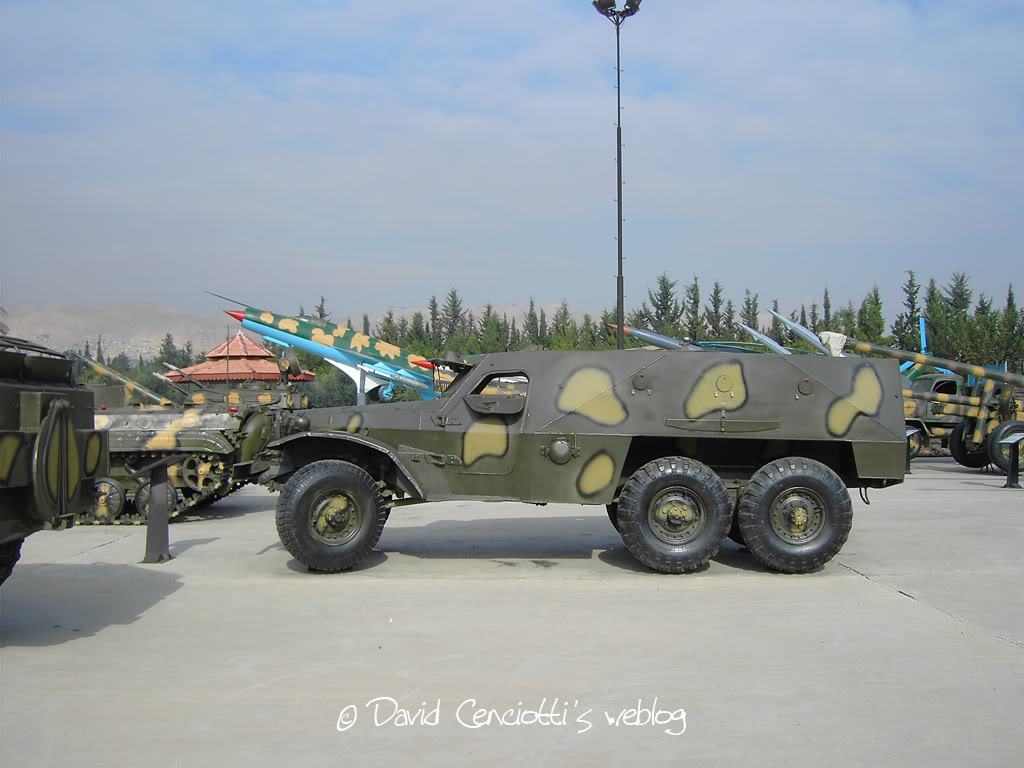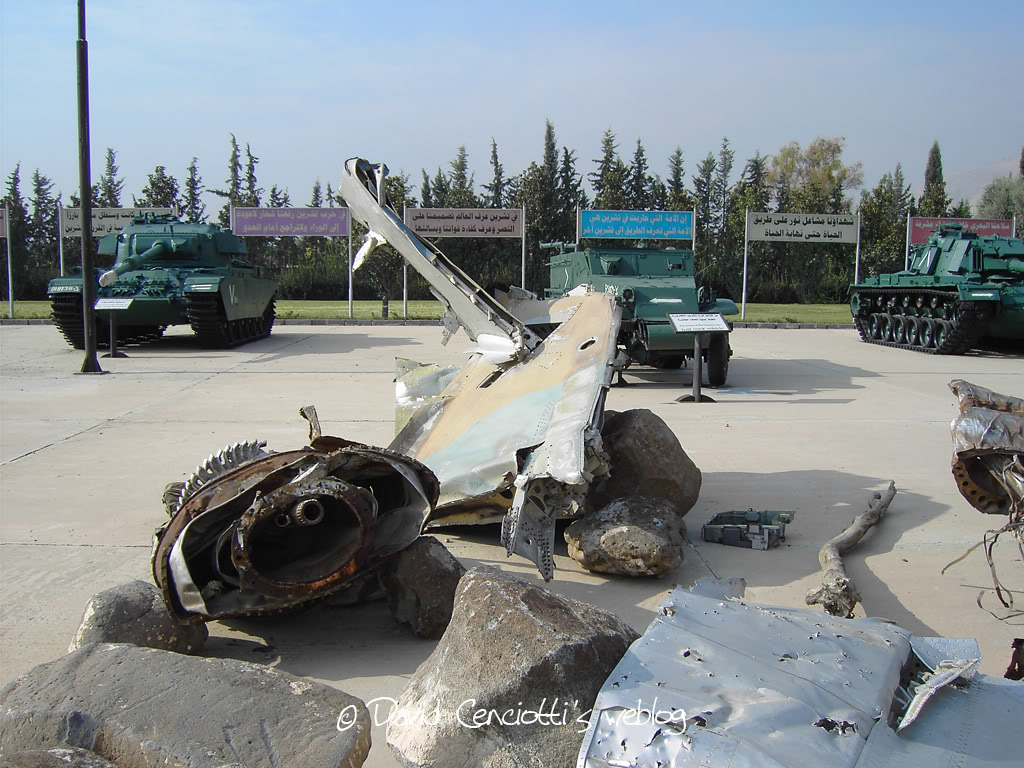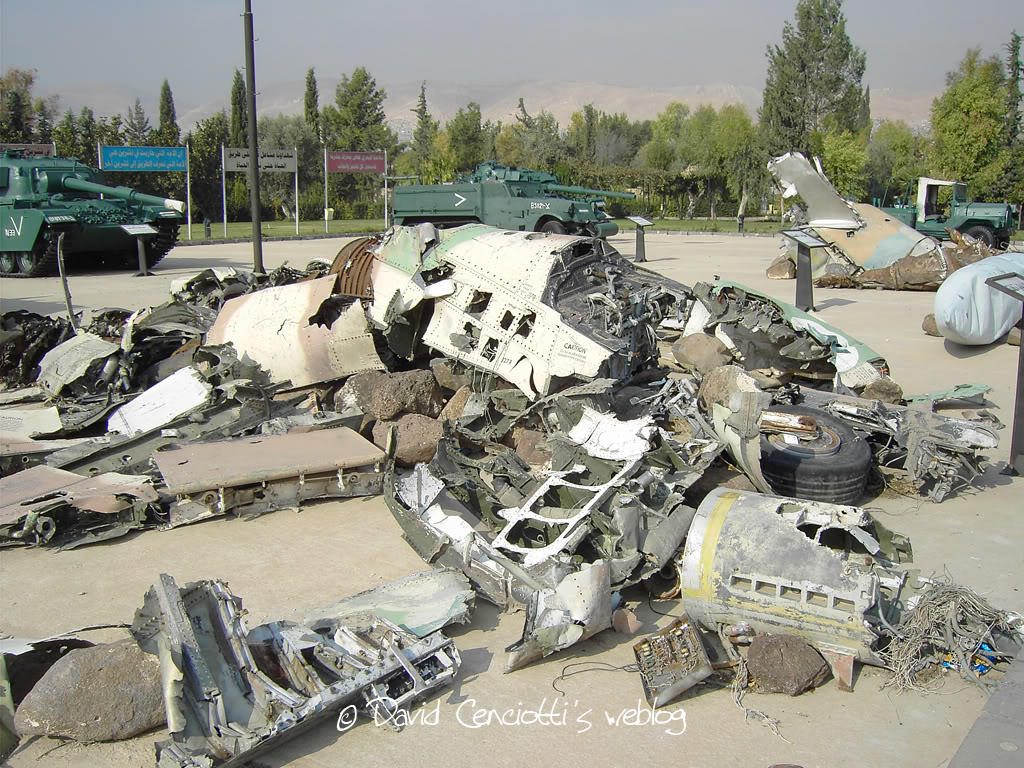Recently I had the opportunity to visit Damascus, in Syria, one of the most wonderful and interesting towns of the Middle East. Damascus is an ancient town (for some historical sources, it is the oldest of the World), absolutely safe for a foreign visitor (in spite of the supposed support to the international terrorists and the consequent US embargo), full welcoming people, sights, museums and places that are worth a visit. Among them, at least for aviation and military enthusiasts, the Tishereen War Panorama. Built to celebrate the Yom Kippur War that took place in the October 1973 (“Tishreen” means “October” in Arabic), during which Syria fought along Egypt against Israel to conquer the Sinai peninsula and the Golan Heights lost in the Six Days War in 1967, the Museum is located some 2 chilometers to the North East of the Old City of Damascus, along one of the most crowded local highways. Even if some tourist guides report that the Museum is open from 09.00 to 21.00, the “Panorama” (as it is widely known in Damascus) doesn’t open before 10.00 in the morning (actually, opening time should be from 10.00 to 12.00 and from 16.00 to 18.00 but I suggest to double check before planning a visit when arriving in Syria). What must be taken into account is that, opening hours aside, it could be not so easy to find a means of transportation to the Museum and a taxi driver willing to bring some tourist there and to leave them on the right side of the street. 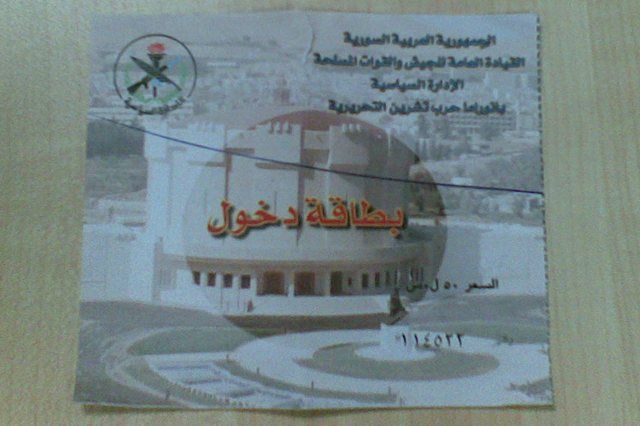
Tishreen War Panorama Museum, Damascus, Syria
Published on: November 24, 2008 at 12:42 AM
David Cenciotti is a journalist based in Rome, Italy. He is the Founder and Editor of “The Aviationist”, one of the world’s most famous and read military aviation blogs. Since 1996, he has written for major worldwide magazines, including Air Forces Monthly, Combat Aircraft, and many others, covering aviation, defense, war, industry, intelligence, crime and cyberwar. He has reported from the U.S., Europe, Australia and Syria, and flown several combat planes with different air forces. He is a former 2nd Lt. of the Italian Air Force, a private pilot and a graduate in Computer Engineering. He has written five books and contributed to many more ones.
2 Comments






